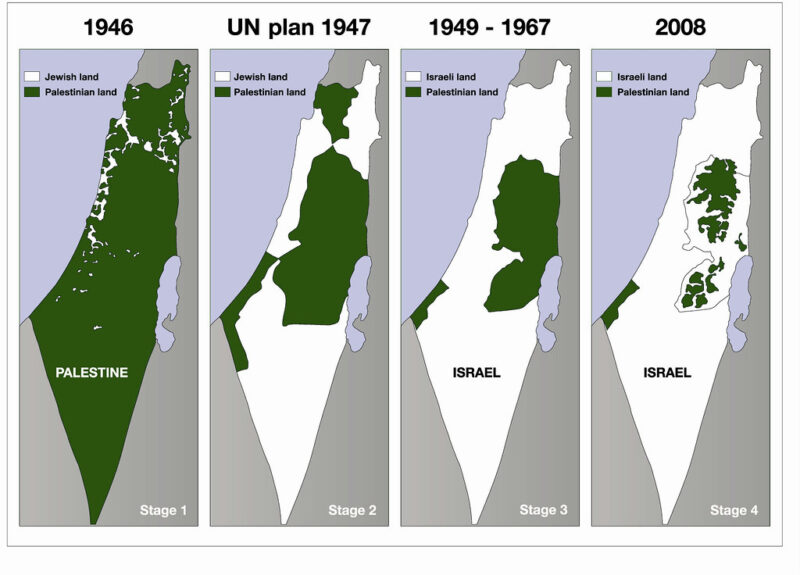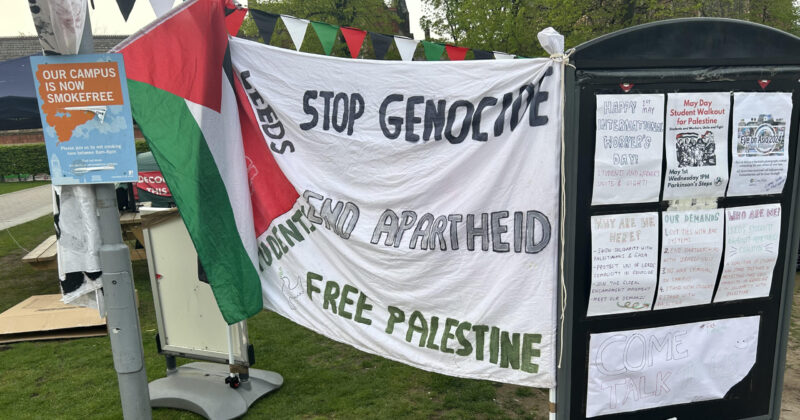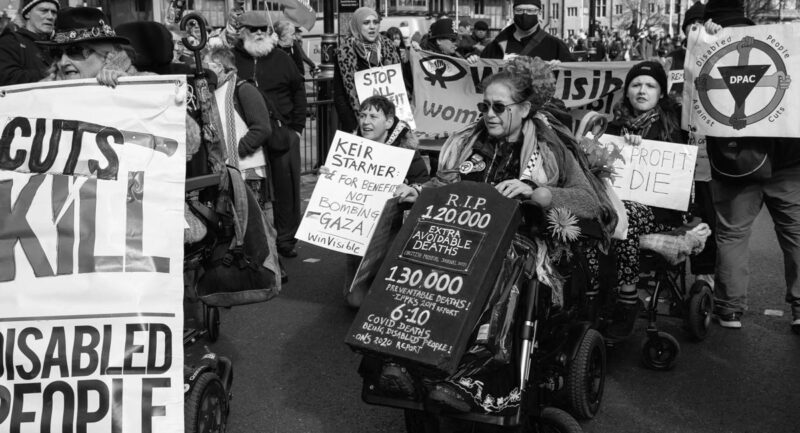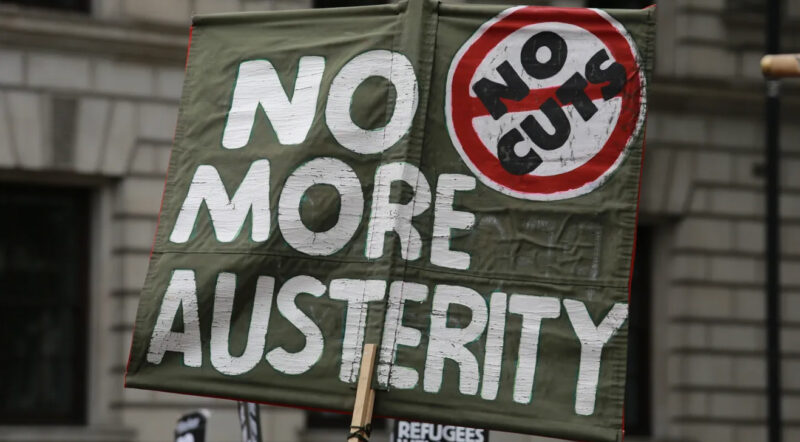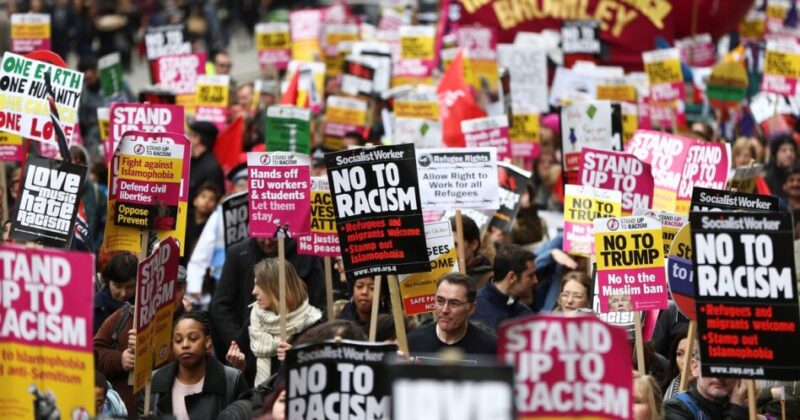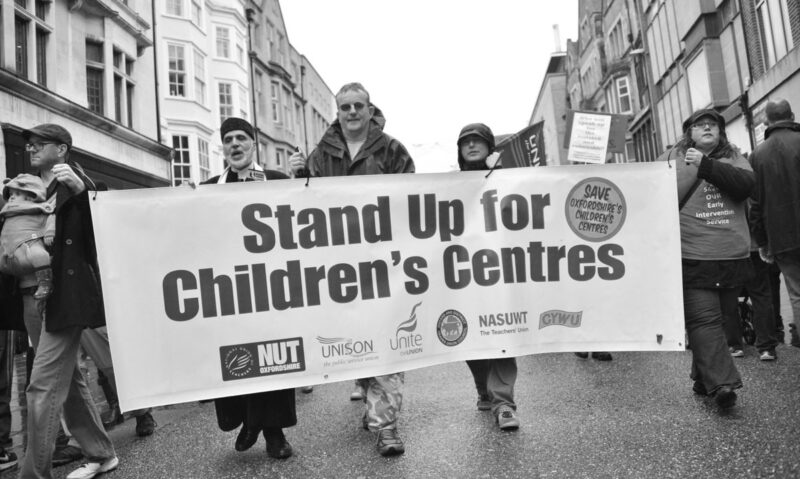Islamophobia – the rise of the new racism
 Natalie Silverstein and Rix Bragg investigate how racism has changed as its targets have changed
Natalie Silverstein and Rix Bragg investigate how racism has changed as its targets have changed
FOR ALL the soul searching about what caused the Brevik to massacre so many people in Norway in July, we need to look no further than the constant and dangerous theme of Islamophobia which is so rife in western society today. Today it seems if you want to get a seat in a parliament or sell more newspapers then just attack Muslims, accuse them of being terrorists or simply ‘not fitting in’. Prominent political figures have unleashed a flood of books in recent years such as Pim Fortuyn’s 1997 book ‘Against the Islamicisation of our Culture’ and Thilo Sarrazin’s ‘Germany Abolishes Itself’. These serves as intellectual weapons in the hands of the new racists.
At the core of this message is the claim that the Islamist ideals which lead to extremist terror attacks are not simply a misappropriation of the religious rhetoric of Islam by those with an extreme political agenda, but rather that they are natural progression from the underlying values and beliefs of the Islamic faith; the inevitable result of such an idea is a shift towards a complete distrust of the Muslim community and the widespread perception of Islam as being not only alien, but antithetical to ‘native culture’.
The effects of this frenzied criticism by politicians and the right wing media on popular consciousness is obvious and worrying. In a poll from 2010 63 per cent did not disagree with the claim “Muslims are terrorists” and 75 per cent thought Islam had had a negative impact on Britain. The wider implications can be seen by the statistics which show that although Muslims make up only 3 percent of the UK population they represent 44 percent of all deaths resulting from racially motivated attacks.
Islamophobia, a western disease
These issues are not isolated to the UK alone, however, but extend across the whole of Europe where cases of persecution are not only as bad, but in some countries also government sanctioned.
After a public referendum in Switzerland the construction of new minarets was banned, this despite the fact that there were only five such structures in the entire country. Despite this many Swiss believe that the minarets were indicative of an Islamicisation of their culture. In France the government utilised an appeal to the countries historical secularism to ban the Niqab even though only a couple of hundred women in a country of 66 million people wore one.
This appeal to the cultural traditions of the republic in France and general culture in Switzerland reflects the existential threat that is being articulated by populists and racists in Europe and the US today, namely that the values and culture of Islam are not only incompatible and alien but are a direct attack on our way of life.
This makes all Muslims the enemy and transforms an act as innocuous as walking down the street in a different set of clothing into a direct assault on western values.
Contradictions and hypocrisy
This approach is particularly insidious as it attempts to utilise the liberal democratic values of the west which supposedly protect individual rights in matters of religion, dress etc, in order to condemn and attack minority groups on the basis of perceived failure to integrate culturally, the western cultural traditions becoming a measure by which all others are to be measured and found wanting. It allows the racists and the reactionaries of all stripes to attack entire swathes of society whilst at the same time denying any suggestion that they are in any way racist. In short, it allows the most backward elements of society to pose as progressives.
This phenomenon can be seen in the often contradictory approach taken by the tabloid media and far right groups such as the EDL who polemicise in one breath about the failure of multiculturalism, lambasting the government for perceived ‘softness’, and in the next seek to portray themselves as the defenders of Jews and LGBT groups against the onslaught of ‘Islamic intolerance’. In so doing they attempt to establish themselves as both champions and detractors of British multiculturalism.
This supposed defence of social and cultural diversity is expressed in such groups’ claims to oppose only Islamic extremists or Islam as a culture. This however is a flimsy mask. One need only reflect on how the word Muslim has been made almost completely synonymous with the word Asian to see that the reality of these attacks are a racist incitement against not just a perceived threat from Islamic extremists, but against anyone exhibiting a cultural identity at variance with the ‘British’ norm. This in turn is based upon the chauvinistic concept that some cultures or civilisations are inherently superior to those of others, in this case the supposed superiority of western culture to the culture of those minority groups which originate in the semi-colonial world.
The most telling contradiction within popular new racism today is the capacity of the far right to argue – along with the establishment – Islamophobic politics and to make out that in doing so they are anti-establishment.
The fascists attack the political mainstream for being too soft on Islam and immigration, whilst at the same time the barrage of anti Muslim comments and editorials in the papers and from senior political leaders and parties only serves to lay the basis for the acceptance of more of the fascists ‘cutting edge’ ideas.
Finally, the danger of the new racism is that it has reintroduced old racism back into the mainstream through talk of ‘concerns over mulitculturalism’. More than this, it has centred these so-called concerns at the centre of much political policy making and rhetoric, so much so that when Brevik carried out his massacre it was not Islamophobia that was blamed by many commentators, but precisely the failure of the establishment to take these issues seriously.
Multiculturalism was thus blamed for the attack on itself.
The origins of the ‘new racism’
However, these forms of racism are not as new as it may first appear. The idea of cultural superiority was a natural development of the post-colonial era liberalism where the old divisions along racial lines ceased to be an appropriate tool with which to exercise social control and the division of the working class along cultural lines within the imperialist countries became more expedient. It’s for this reason Kundnani was able to observe that:
“The template of demonisation that had already been established in Britain against asylum seekers was transposed on to Muslims after 9/11.”
Obviously that’s not to say that there was no anti-Muslim racism before that but, as Liz Fekete (Institute of Race Relations describes, it became “structural” from this point as we have lived for 10 years under emergency laws.
This shift away from the traditional towards the new racism though based upon perceived cultural incompatibility inevitably centres upon the almost exact same groups as before, to the point where during the recent riots racist commentators such as David Starkey argued that the root of the social troubles was ‘black culture’ and its adoption and prevalence amongst white youth.
This reveals clearly how the new racism is merely a new, and thin, veneer on a much older and uglier beast.
No to divide and rule tactics
The real issue underlying all this is the failure to understand the causes of mass migration, including crucially, the West’s exploitative ties to rest of the world. Racism whether it be ‘new’ or ‘old’ is a means of legitimising the rule of imperialist capital over the semi-colonial world and as a way to divide the working class within the imperialist heartlands themselves. For this reason we must refuse to allow ourselves to become split along racial or cultural lines, we must stand in solidarity with the oppressed and persecuted communities who are the victims of the capitalists divisionary tactics and must struggle to prevent the propagation of cultural chauvinism within our communities.

